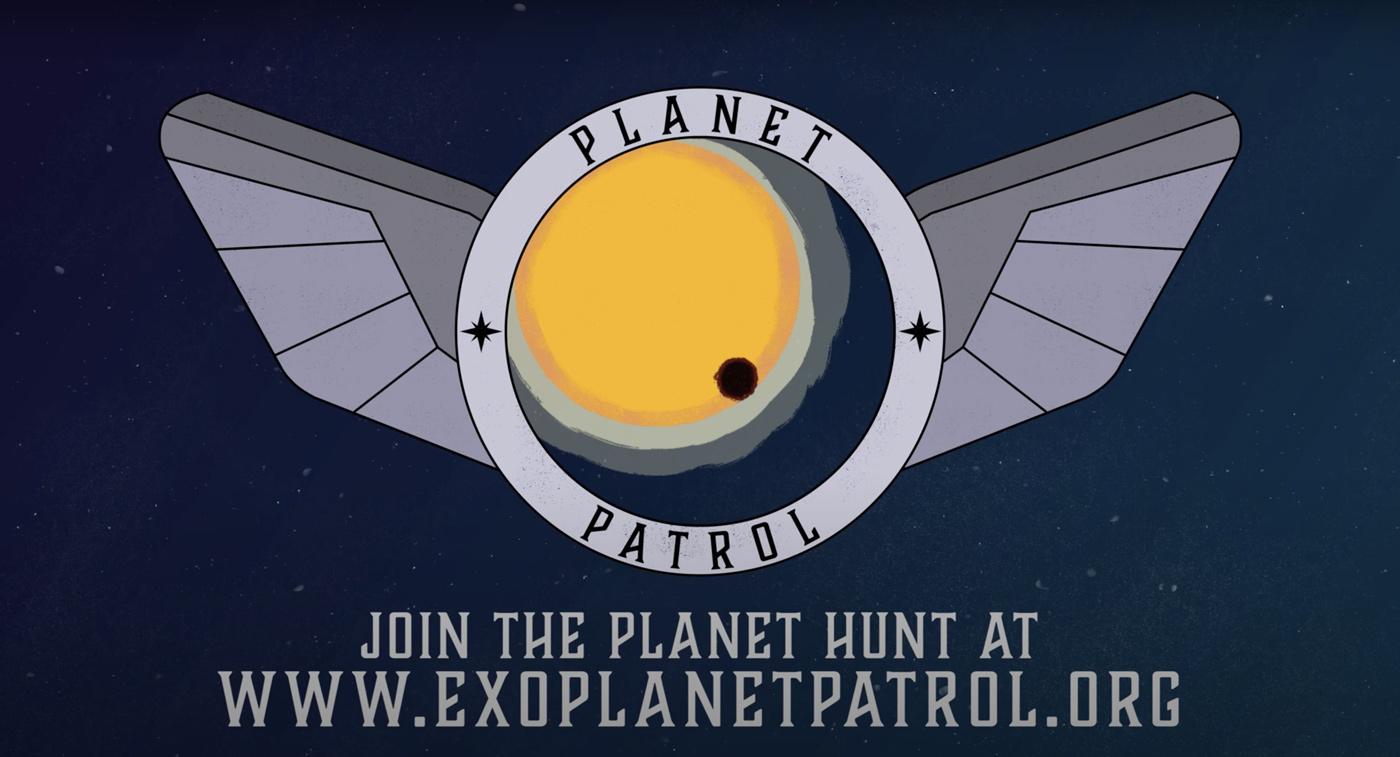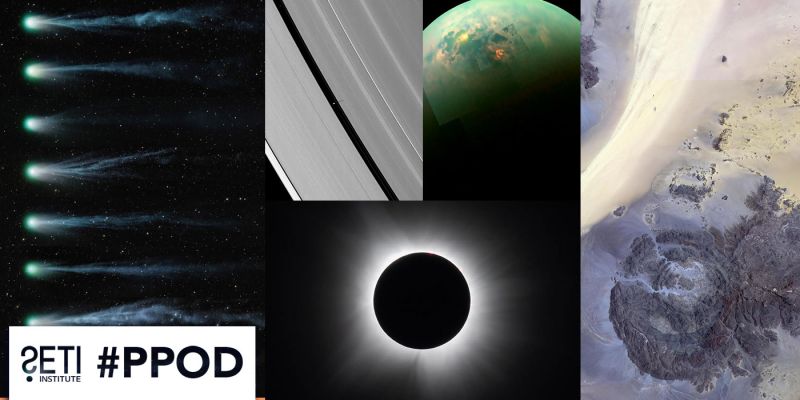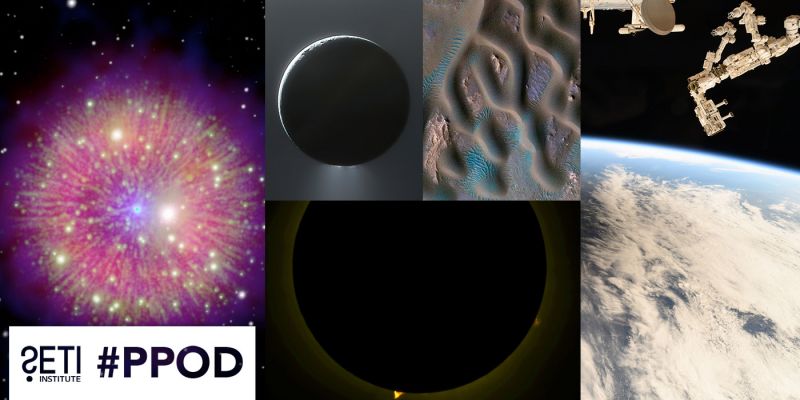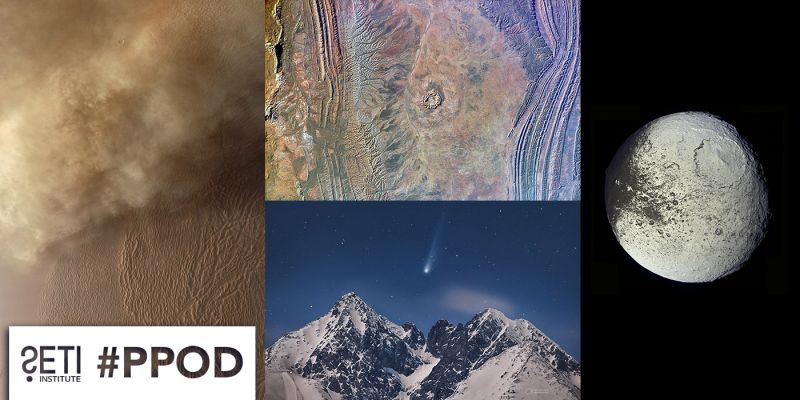
SETI Institute researchers have worked on NASA missions such as Kepler and TESS (Transiting Exoplanet Survey Satellite) to help identify thousands of exoplanets – that’s planets in orbit around stars that aren’t Earth’s Sun. Now citizen scientists can be part of the hunt for exoplanets too by joining Planet Patrol.
The goal of Planet Patrol is twofold:
- Help scientists vet thousands of TESS planet candidates by visually inspecting stars seen by TESS.
- Use the results to help train automated vetting algorithms and improve their efficiency.
“Automated methods of processing TESS data sometimes fail to catch imposters that look like exoplanets,” said project leader Veselin Kostov, a research scientist at NASA’s Goddard Space Flight Center in Greenbelt, Maryland, and the SETI Institute in Mountain View, California. “The human eye is extremely good at spotting such imposters, and we need citizen scientists to help us distinguish between the look-alikes and genuine planets.”
Some of the most exciting planet candidates are difficult to analyze. For example, Earth is a small planet with a long orbit, which means it would generate a weak signal in the data and be difficult to detect, vet and ultimately confirm. Planet Patrol volunteers will help Kostov and his team sift through TESS images of potential exoplanets by answering a set of questions for each — like whether an image contains multiple bright sources or resembles stray light, rather than light from a star, or is simply too noisy for detailed analysis. These questions help the researchers narrow down the list of possible planets for further follow-up study.
Currently, the Planet Patrol database contains over 200,000 images, and more will be added over time. These images represent how TESS sees the target stars during the detected transits of potential planet candidates. Vetting these candidates is a human-intensive process that involves examining the data and eliminating every conceivable reason it might not be an actual planet candidate. Planet Patrol also includes a talk board where members can discuss the project amongst themselves, ask questions about images they’re working on and engage with the community.
Planet Patrol is a collaboration between NASA, the SETI Institute in Mountain View, California, the Space Telescope Science Institute in Baltimore, and Zooniverse, a collaboration of scientists, software developers and educators who collectively develop and manage citizen science projects on the internet. The Sellers Exoplanet Environments Collaboration funds it at NASA's Goddard Space Flight Center in Greenbelt, Maryland.
Visit Planet Patrol to learn more.





